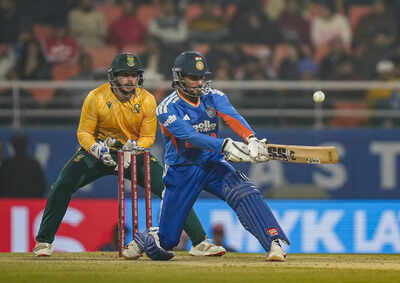Through the years, the Hubble telescope has taken incredible space pictures blowing our minds and making us rethink what we know about science. NASA’s beloved telescope has done it again surprising everyone by photographing one of the rarest galaxies in the whole universe.
NASA’s Hubble Space Telescope recently snapped a picture of the lenticular galaxy NGC 612. This galaxy is quite a distance away around 400 million light-years from Earth and it’s found in the Sculptor constellation in the southern skies. According to NASA, there are only five galaxies like this known to exist in the entire universe.
Lenticular galaxies are a bit peculiar and NGC 612 might just be one of the oddest ones out there. The stars in NGC 612 are quite young only around 40 to 100 million years old which is relatively young for these type of galaxies.
These galaxies (Lenticular) look a bit like spiral galaxies because they have a central bulge and a disc around it. However, they don’t have those spiral arms that spiral galaxies do. The disc part of these galaxies is mostly made up of cold hydrogen gas and dust.

As you can tell from the picture above it doesn’t have the swirling look of a spiral galaxy and doesn’t quite match the shape of a roundish elliptical galaxy. It’s kind of in the middle in its own unique way
NASA describes NGC 612 as an incredibly uncommon instance of a radio galaxy that doesn’t have an elliptical shape. NGC 612 is a peculiar emitter of radio waves. Scientists have only identified five lenticular galaxies in the entire universe that emit radio waves like this.





